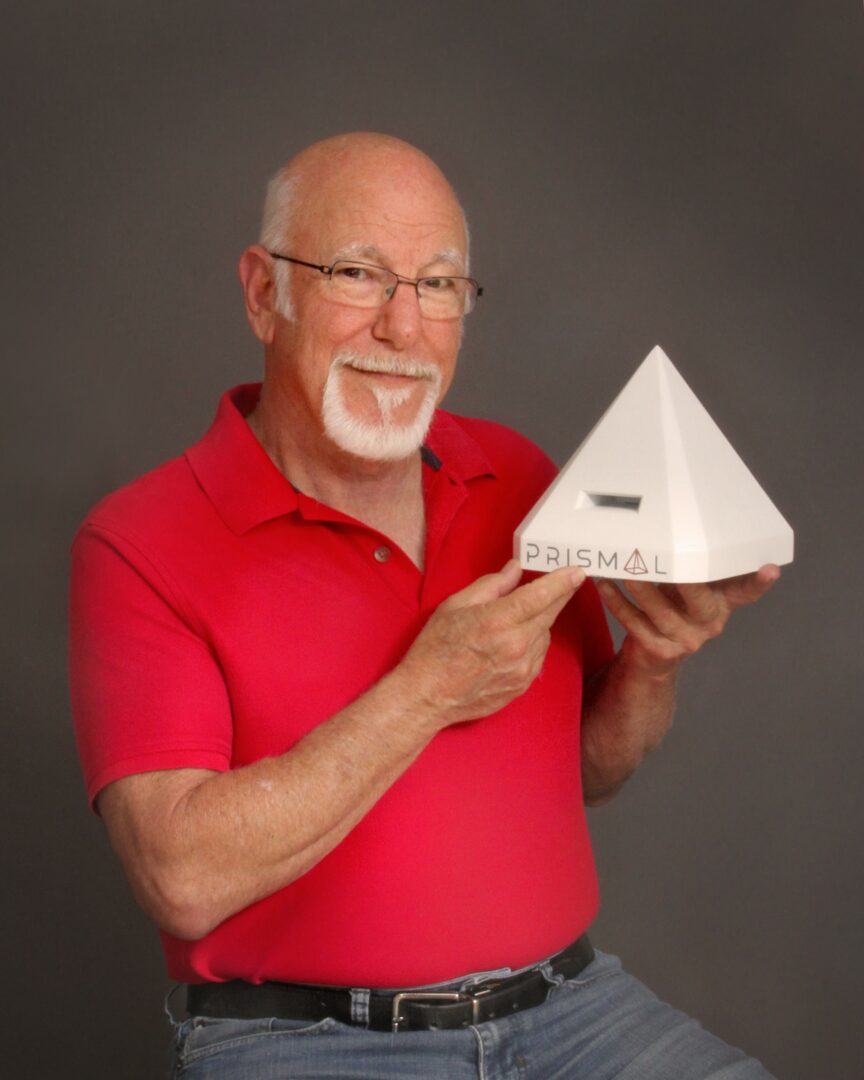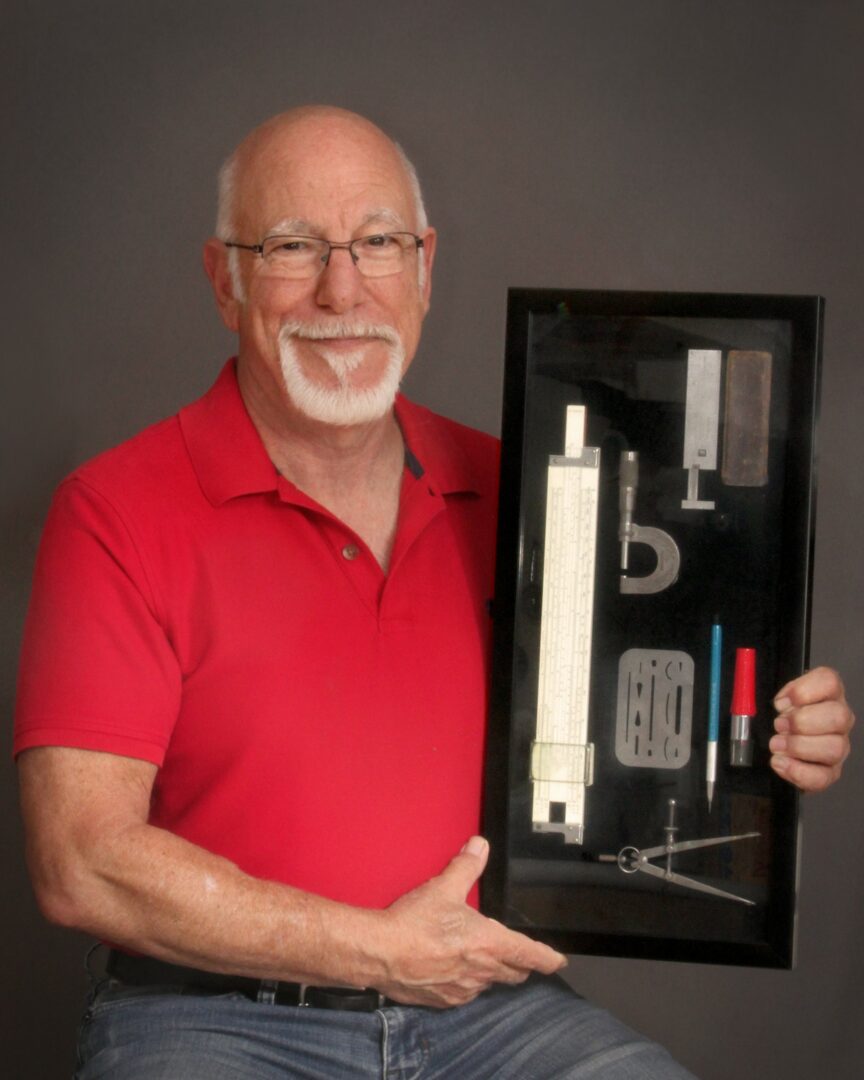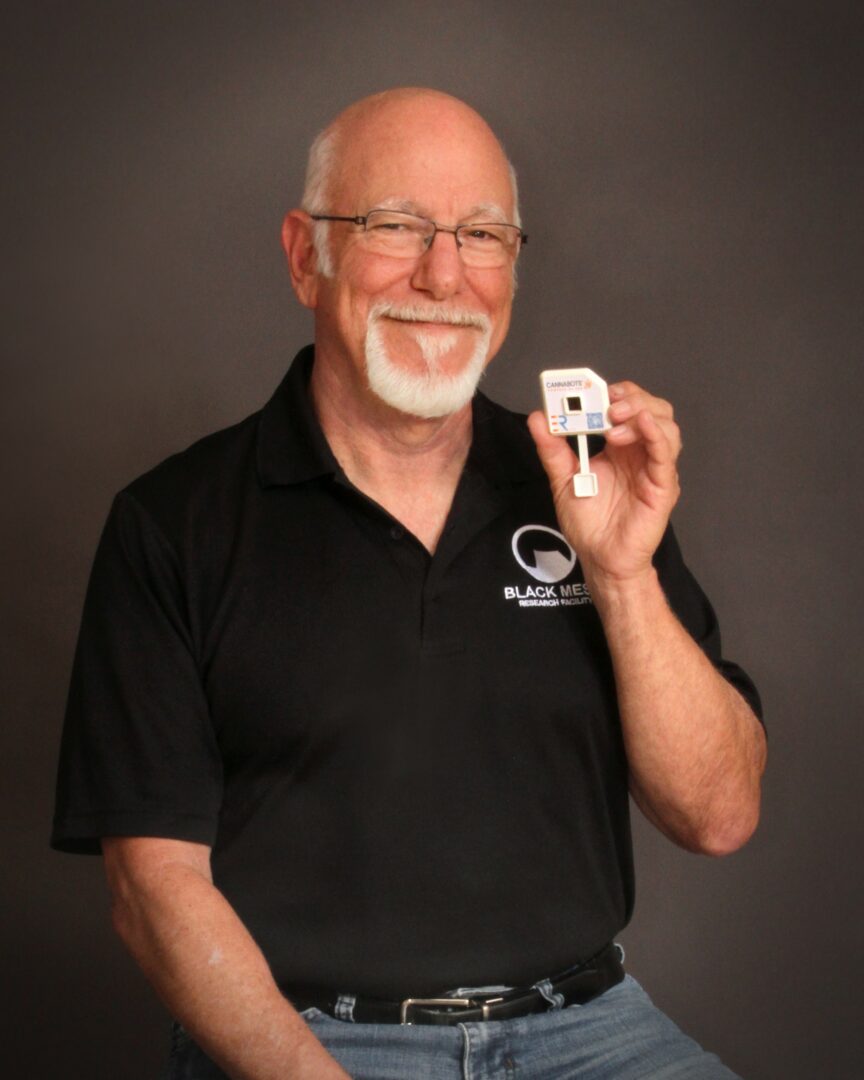Alright – so today we’ve got the honor of introducing you to Robert Kay. We think you’ll enjoy our conversation, we’ve shared it below.
Robert, thanks so much for taking the time to share your insights and lessons with us today. We’re particularly interested in hearing about how you became such a resilient person. Where do you get your resilience from?
It comes from both nature and nurture for myself. The nature part is mostly having been born with a stubborn spirit. An innate spirit of determination, an emotional resistance to things blocking your path. Added to that is some highly focused energy on a goal. It shines brightest when a Goliath is in your way. When you’ve just had your ass handed to you by those giants, you can’t stop yourself from getting back up and vigorously getting back into the fight.
The nurture part comes from a combination of things. First: learning to set and hold clear goals and unvarnished self measures of accomplishment. Learning to never BS yourself but to see the reality of the world around you. Learning how to set difficult but achievable goals. Learning ways to pick goals that truly resonate with your heart and that are not just trivial “wants”.
Second: accepting that you will stub your toe along the way, giants will come along and knock you to the ground, bleeding and seriously hurt. Accepting that true failure is if you don’t get back up. Learning to push aside your fears and intently look at what happened to figure out what you did wrong and what you did right. From that creating life guiding strategies to prevent or reduce such events from getting in your way again.
A key part of that is learning to recognize that these events may be telling you that you need to make a strategic pivot, whether it be in business or personal life. Pivoting is not failure. It’s recognition that your current path will not get you to your goals and change is required if you really believe in your goals.
Lastly: my experience is that true resilience comes from deep seated belief in your goals. So picking the right goal is of utmost importance. The challenge is that the goals which can add real spark to your resilience, picking these kinds of goals requires an internal resonance of both one’s right and left hemispheres. When the emotions in your heart are embraced by the logic in your head, this is the strongest source of resilience. Learning how to balance logic with emotion is the hard part for most folks. One trick is to learn how to separate out trivial emotions from the ones that count against your goal.
Example: having been a part of many design reviews, there were many times I just didn’t like the design. At first I couldn’t say why. After asking questions about requirements, Customer persona’s and such I often discovered one of two things: that feeling came from a personal preference which I then disregarded. Or, upon asking more questions I realized what bothered me was that I somehow sensed that the engineer hadn’t really done their homework. That was what my right hemisphere was trying to tell me. Bearing in mind, your right hemisphere speaks with emotions, unlike your left hemisphere.
The same it true when picking goals. When both hemispheres are engaged, I know I am on to something important.

Thanks for sharing that. So, before we get any further into our conversation, can you tell our readers a bit about yourself and what you’re working on?
I was born an engineer. Building things, making things work became far more than a hobby. My first job was doing some mechanical drafting for an aerospace company while I was in college. They made the transmitter that sat on the back of the moon buggy used in the Apollo program. It was a fast paced project and while I got most everything right, I messed up on placing a couple of holes in the chassis. By sheer luck they didn’t affect the units performance so it still ended up going to the moon. I didn’t get fired but I got a very long lecture. My first serious learning moment in making mistakes in my professional life.
And then we did a crazy thing: my wife and started a product development firm out of the study of our house. In the first few years it became blindingly apparent that I didn’t really understand business. My wife and Dad came to the rescue teaching me the basics of business, contracts, marketing and sales. Thirty eight years later and I have found that the learning never stops. There are always new things that change the landscape technically and businesswise. There is always something more to learn. And I have learned to embrace that.
Over the years we worked on ejection seat electronics and firmware that went in the F18 and F22, many types of blood analyzers, DNA instruments, robots and automation, 3D camera systems, custom digital high end microscopes, cancer detection and treatment devices…… and a musical toothbrush.
And then cancer and Covid came into our lives in a terrible way and changed my life forever. At that moment I realized that I had designed many, many types of analyzers for the medical and biotech industry. During lockdown I asked myself: why can’t I do that to address the cancer event that changed my life. So during lockdown you have a bored engineer that can’t go anywhere and what does he do: he invents and patents and new way for non-technical people to see the hidden chemicals and compounds in our everyday things. I simply call it: The Analyzer.
That is my new venture, my new mission in life and a significant business pivot. It is the resilience described here and the support from the product development company Team that helped create this new mission despite the major challenges we have recently faced. That group of people are a key inspiration that adds to my resilience.
Looking back, what do you think were the three qualities, skills, or areas of knowledge that were most impactful in your journey? What advice do you have for folks who are early in their journey in terms of how they can best develop or improve on these?
1. Taking rational risks – “rational” meaning that if things do result in holes getting punched in the hull or your boat, no one dies, you already have the repair kit on hand and you know which new course you must set sail for.
2. Being decisive in decision making – never rush into a decision but do be timely, prioritize best as you can, seek trusted opinions, be clear to the Team as to what must happen and how, be prepared to be wrong and have a Plan B already thought out
3. Take the high ground in leadership – kill your ego, lead from the front, live by the words you say, never lie, recognize that you are always on stage setting the example of what will or will not be accepted in your company culture, empower your Team and then get out of the way. And lastly, be prepared to make mistakes and then set the example of how to correct them in a way that further empowers the Team to take risks and make bold moves.
The world has moved well past the point where an individual can do everything themselves. Every organization needs to build a Team. If you are going to be in a leadership role in this it is vital that you learn how to understand and manage people. State of the art is not in technology. It’s in the management of people and projects.
It’s very difficult because the landscape and people are constantly changing. There is no “one size fits all” approach. One motto that I have found to apply comes from the Marine Corps:
“Improvise, Adapt, Overcome.”

Do you think it’s better to go all in on our strengths or to try to be more well-rounded by investing effort on improving areas you aren’t as strong in?
If the path to your goals is looks to be perfectly clear, if you are certain your plan is 100% perfect, if you are certain that there will be no surprises, no mistakes……then you are either naive or delusional. This may be ok if the results only affect you. But if you are going to build a Team, a company culture to help you get to your goals, then you are obligated to have in your plan the means for surviving as the nasty surprises that will and always do occur in business.
Every boxer knows the flaw of being excellent at throwing only one kind of punch. Your opponent will come at you from many angles and with many kinds of punches. In a leadership role, having multiple strengths in your repertoire means that you have a better chance of already having one or more tools to deal with the surprises.
It’s not always about you being able to add the new skill that’s needed. But you need to understand this new area well enough to manage others. This means you need to understand the core principles well enough to know with reasonable certainty what’s easy or hard about it, where the risks are and what the strengths and weaknesses are in this new thing. Blindly hiring someone to solve a problem in which you understand nothing is a tried and true path to failure.
As an example, for many years I ran a product development firm. One year we picked up a project that required some optical design. My job was to locate a optics “expert” to help design the system. While we eventually succeeded in delivering a good design, it was amongst the most painful management experiences in my career. I did not understand the underlying principles of optical engineering and this prevented me from understanding the size of the challenges we had accepted.
Moreover, I did not understand enough to know when the “expert” was giving me a line of BS or had actually done something innovative. I couldn’t reasonably assess the technical risks so as to be able to orchestrate any useful risk mitigation. I was good at designing the overall product/system and writing design requirements. What I failed to see was which of those requirements incurred challenges and risks in the details of making, mounting and aligning the parts. Let alone the consequences of allowing and guiding the make/buy decisions that later became major issues.
Before we captured our second project of this type I hit the books. An optical engineer I am not. But I now understand enough to know how to scope out an optical design to identify key risks and develop ways to control those risks. I also know better when someone new on my Team is in fact faced with a significant challenge and they need help or is whining because they are just being lazy.
If you take a leadership role in a venture, you are now like the captain of a mile long ship. It can’t turn on a dime without damage. If it sails the wrong course it is your fault. If it hits a storm and sinks because the hatches aren’t closed it’s your fault. If the toilets overflow it’s your fault. Your job is to understand these things well enough to lead, coordinate and manage others to do these things. But if you don’t understand the basics of your ship, you can’t manage the Team that could otherwise lead everyone to success.
Never forget that in building a quality company culture, the Team will be the mirror image of the leadership. It can’t be a one person show. The name on the building will mean something because of the Team. Building such a high value Team requires far more than just a couple of internal strengths.
Contact Info:
- Website: https://prismalusa.com
- Linkedin: https://www.linkedin.com/in/robert-l-kay-a141ba10
Image Credits
Stephanie Kay
so if you or someone you know deserves recognition please let us know here.




